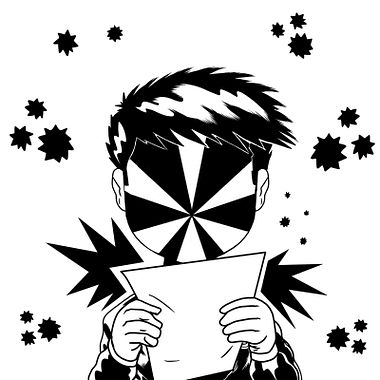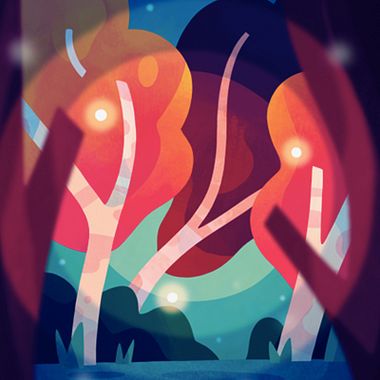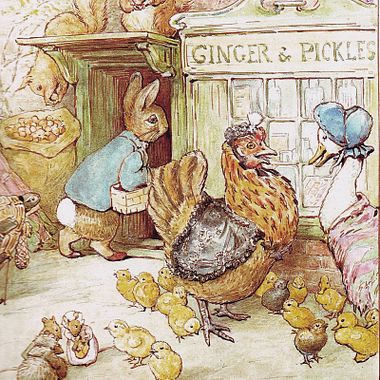Find out what fine art printing, also known as giclée, is and why you should use it in your art projects
Fine art printing, also known as giclée printing, is a printing process that allows you to obtain much better image definition in photographs, illustrations, designs, collages, and any other type of graphic representation.
A giclée or fine art print is made with an inkjet printer, on cotton or natural fiber paper (such as rice paper, or bamboo), with specially formulated inks. While printers typically compose the images mixing CMYK (cyan, magenta, yellow, and black), fine art or giclée printers use other colors like light cyan, light magenta, three types of gray, and some less common tones, such as orange or green. The exact mix depends on the type of printer.
Like inkjet printers, this printing process deposits the pigment in small drops on the paper, but patterns and shapes are drawn in a much more defined way. This results in a high-quality digitized printout that looks manually produced.






























